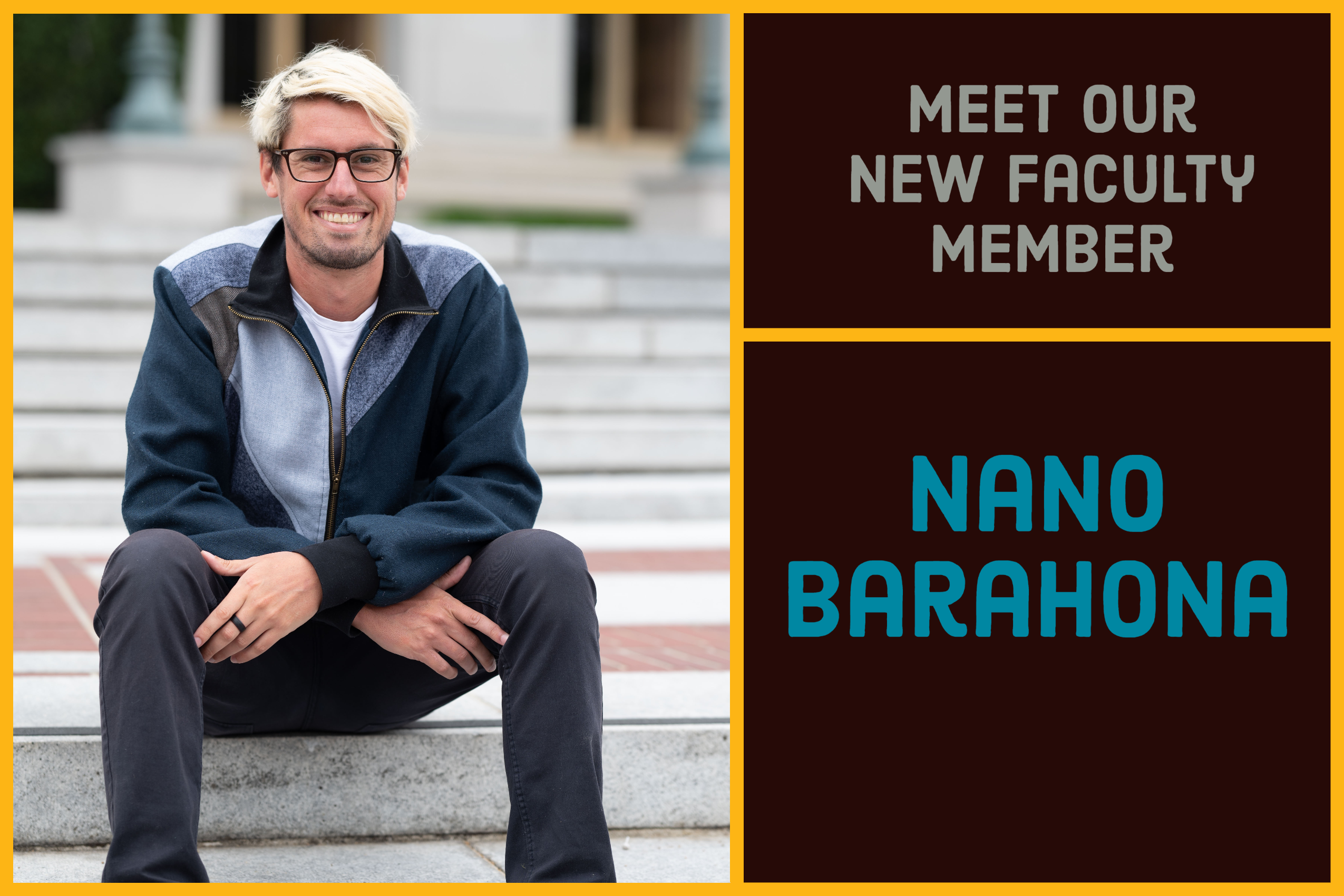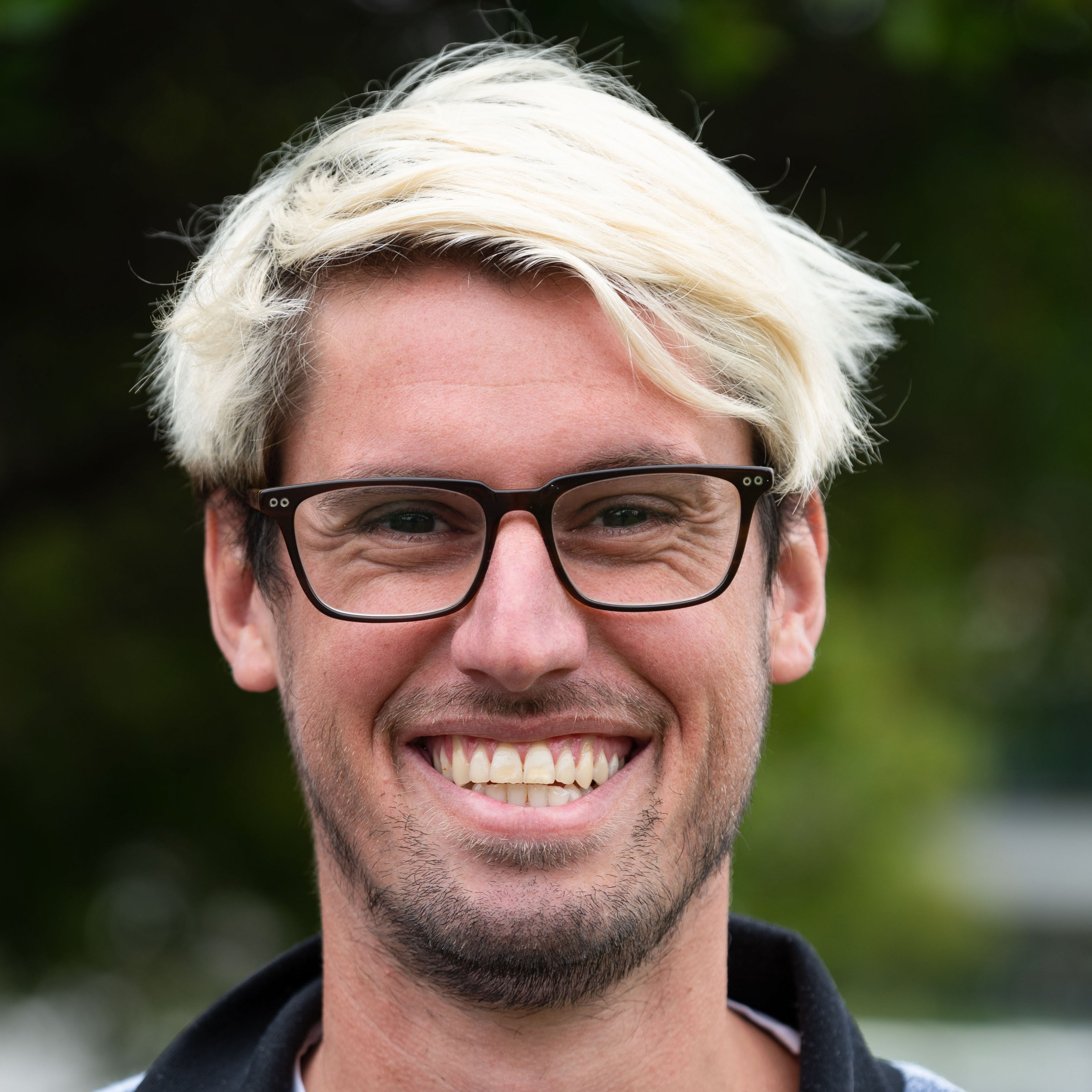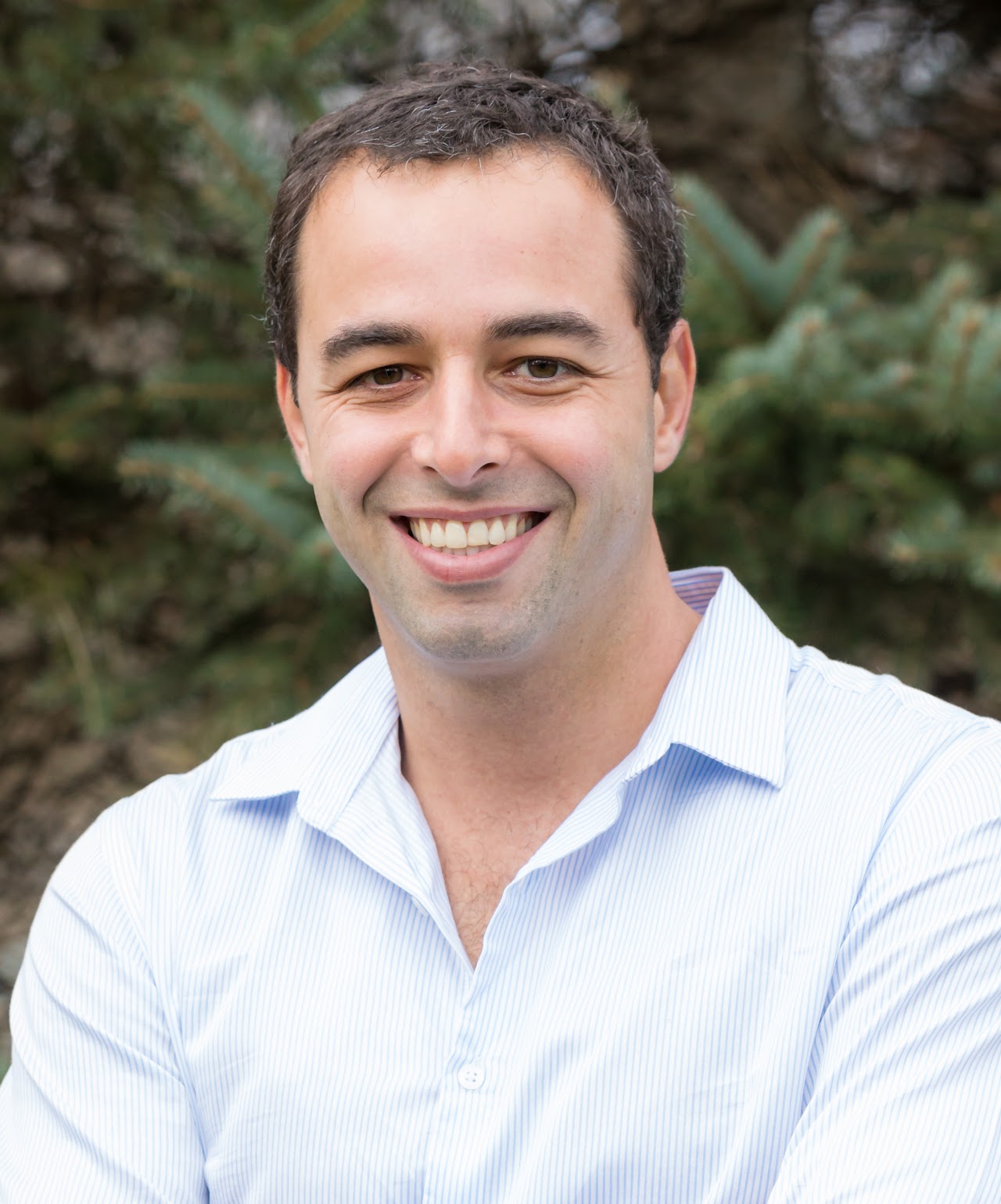Welcoming Nano Barahona: An interview

What brought you to Economics, and what motivated you to pursue a PhD?
It took me quite some time to get into economics. I am originally from Chile, and as in many countries other than the United States, we need to choose what career to pursue right after graduating high school. At the moment, I wasn’t sure what to study and ended up enrolling in a 6-year program in electrical engineering. It was only during the 5th year of my undergrad that I got interested in economics. That year, a series of student protests unraveled in Chile asking for more equitable access to tertiary education. Issues such as whether universities should be financed by the state or by the students through loans were not obvious to me. The more I read about it, the more interested I got in the topic. That motivated me to start a master's in economics, which I started while finishing my last year of engineering. The master's had an important academic component where we were exposed to several well-published econ papers. While doing my master's, I learned how academia can help to solve many important and complicated real-world problems. That motivated me to pursue an academic career and apply to Ph.D. programs in economics.
What are the topics that you are most interested in researching?
I am interested in understanding how we can use public policy to improve people’s lives. I think economics has made a lot of progress in the last decades improving tools that use experimental and quasi-experimental variation to estimate the impact of specific policies on consumer outcomes. Many of these policies, however, can have important equilibrium effects when implemented at scale that are sometimes ignored in partial equilibrium analysis. I like to combine reduced-form evidence that exploits quasi-experimental variation induced by policy interventions with structural models that help to connect the data to a theoretical framework. Through the lenses of the model, we can learn how equilibrium forces affect policy outcomes and simulate counterfactuals that inform policymakers about the effectiveness of their policies and that provide lessons about how to better design them. My current research focuses on health, education, and environmental policy.
Your job market paper sheds light on remarkable positive effects of the Chilean food labeling policy. As you have shown, warning labels are effective in pushing both consumers and firms away from sugary and caloric products. This welfare increasing regulation is based on information disclosure, and firms respond to it according to market's incentives. From the Government's standpoint, this policy has a low cost of implementation compared to traditional types of regulatory policies, such as environmental protection and consumer safety, that depend on a complex system of monitoring and enforcement. Do you think this paper can provide insights to regulatory policies in other markets (besides the food industry) to benefit from an information based regulation?
Definitely. I think the design of policies needs to come together with a proper evaluation and assessment of the market imperfections that are at stake. As we all know, markets are imperfect. Individuals usually make choices in settings of imperfect information, under some cognitive or behavioral biases, and affecting others through different sets of externalities. Firms, on the other hand, compete in settings with large barriers to entry and take advantage of these biases to increase their profits. The problem of the regulator becomes then much more complicated than the econ 101 textbook example. I think the combination of models and data is very useful to assess how important these market frictions are and where to put a bigger emphasis when designing policies.
UC Berkeley is known for its comparative advantage in combining empirical and theoretical economic research. This powerful combination is also a pattern in your research agenda. Was the research fit the main driver to your decision to join Berkeley Economics?
Doing my Ph.D. at Stanford, I was very exposed to students and faculty from UC Berkeley. I think the research fit was definitely an important part of my decision. However, I think there was also a great fit on other dimensions such as the colleague support within the academic community and some broader values about the society we envision.
Your research agenda has a strong policy orientation. Your papers provide careful policy evaluation, as well as recommendation. What are your views on the role of academic economists in the policy space?
I think academics and policymakers have great synergies to exploit together. On the one hand, academics should listen to policymakers who are usually better connected to the people and their real-world problems. It is easy to get lost in our academic bubble and do research that can be interesting to us but too abstract for the concrete problems that society has. On the other hand, I think it is key that policymakers look into the available evidence when designing policies. Well-executed research can provide insights that lead to substantial gains in the effectiveness of policies. That being said, many times the evidence is not available. In those cases, I think it is good that policymakers move forward and implement policies without having certainty of their results. It is important, though, to do that with modesty and be ready to back up if the results of the policy were not the expected ones. We cannot learn what is good if we don’t try it, but we need to be ready to undo things we try when they do not work out well.
You have just joined Berkeley, but you have been in the Bay Area for a while, as you have concluded your PhD in Stanford. Given the geographic proximity and the research sinergy, do you see more space for cooperation between Berkeley and Stanford Economics?
Yes. I think there is a lot of space for cooperation between Berkeley and Stanford Economics. Both places have very good people with quite similar interests. I would encourage everyone to get out of their comfort zone and interact with as many people as possible. There are great initiatives already going on. In the IO group, for example, we do a Berkeley-Stanford event once a year where faculty from both places present preliminary research. That is an ideal opportunity for students to be exposed to high-quality research and to meet and interact with students from the neighboring university, which can lead to great research collaboration opportunities and friendship. Some of the best friends I made during my PhD at Stanford were Berkeley students.
In this interview, Berkeley Economics PhD student Felipe Lobel interviews incoming faculty member Nano Barahona. Nano Barahona is an assistant professor of economics at the University of California, Berkeley. His main interests lie in the fields of industrial organization and public economics.


